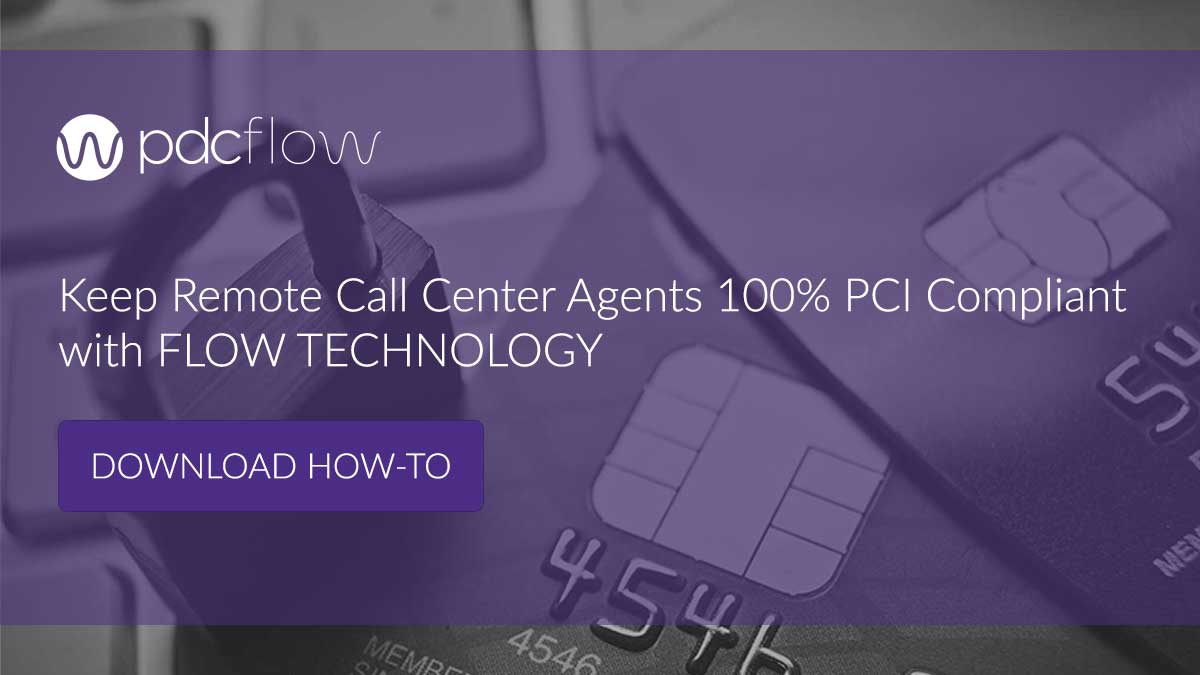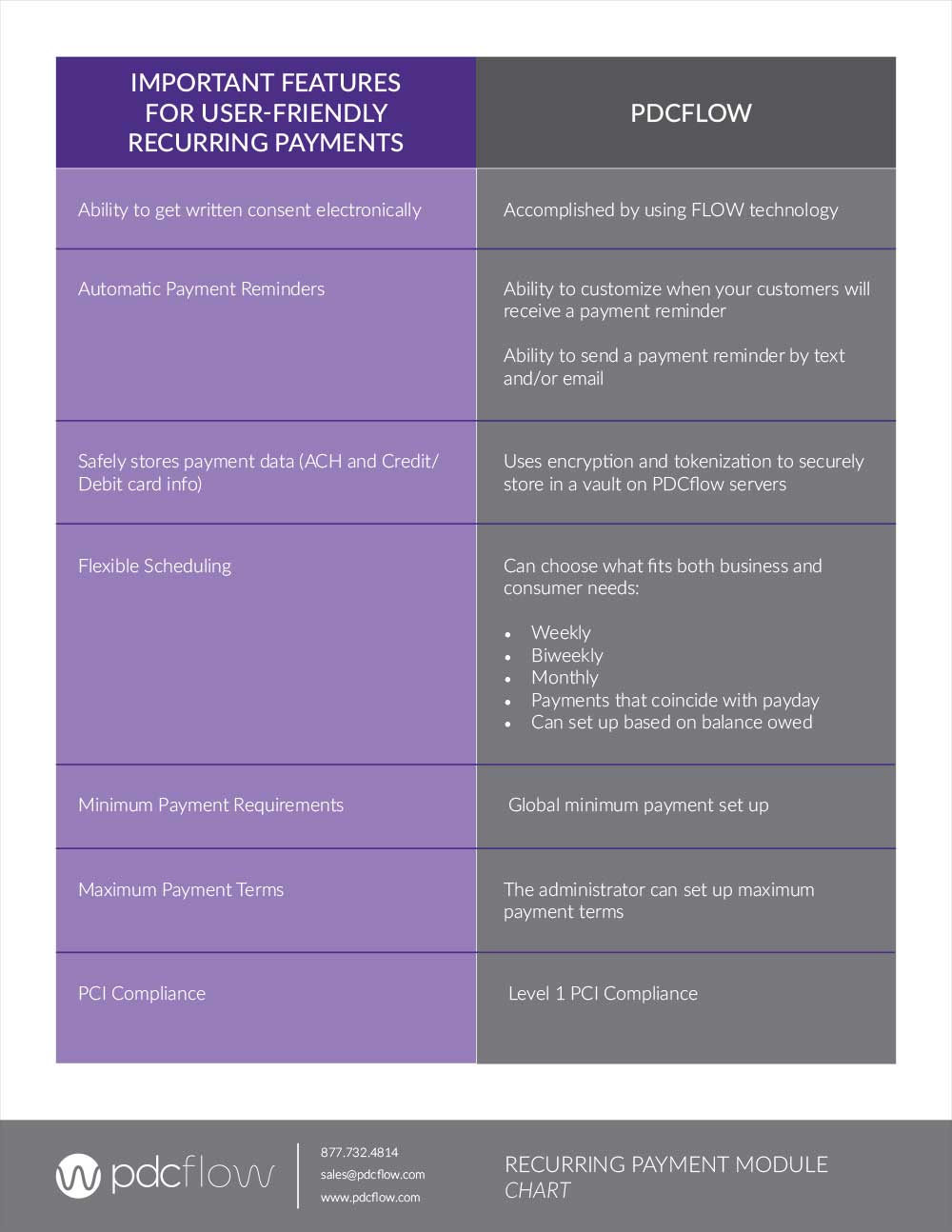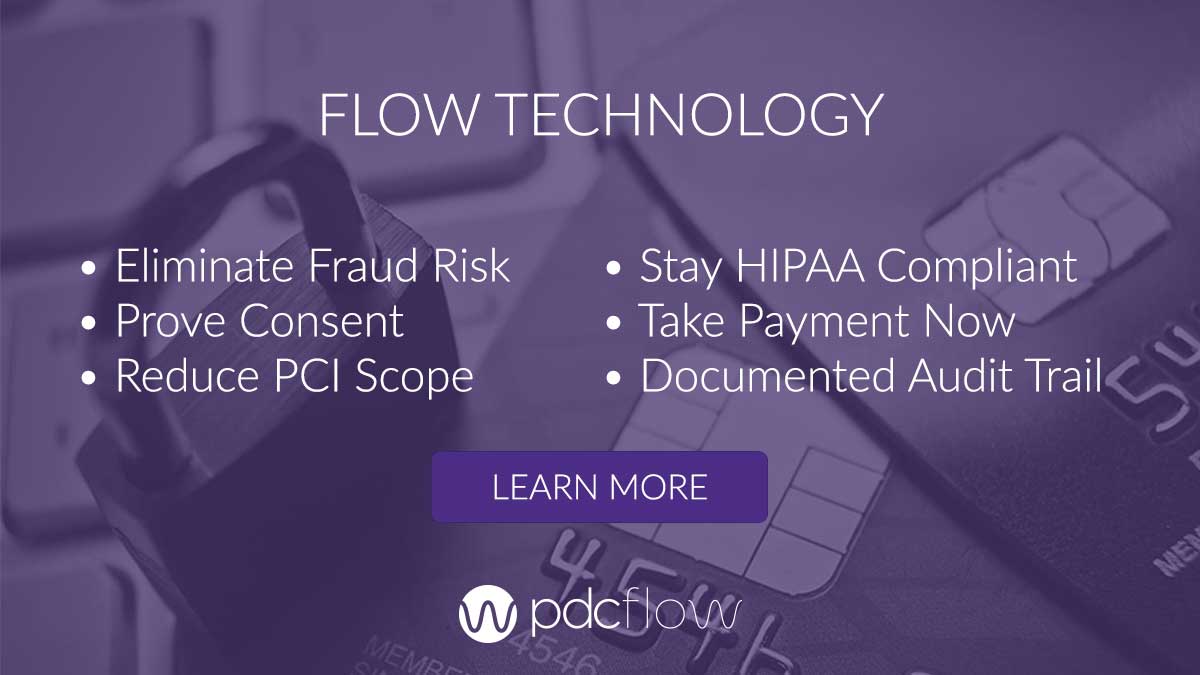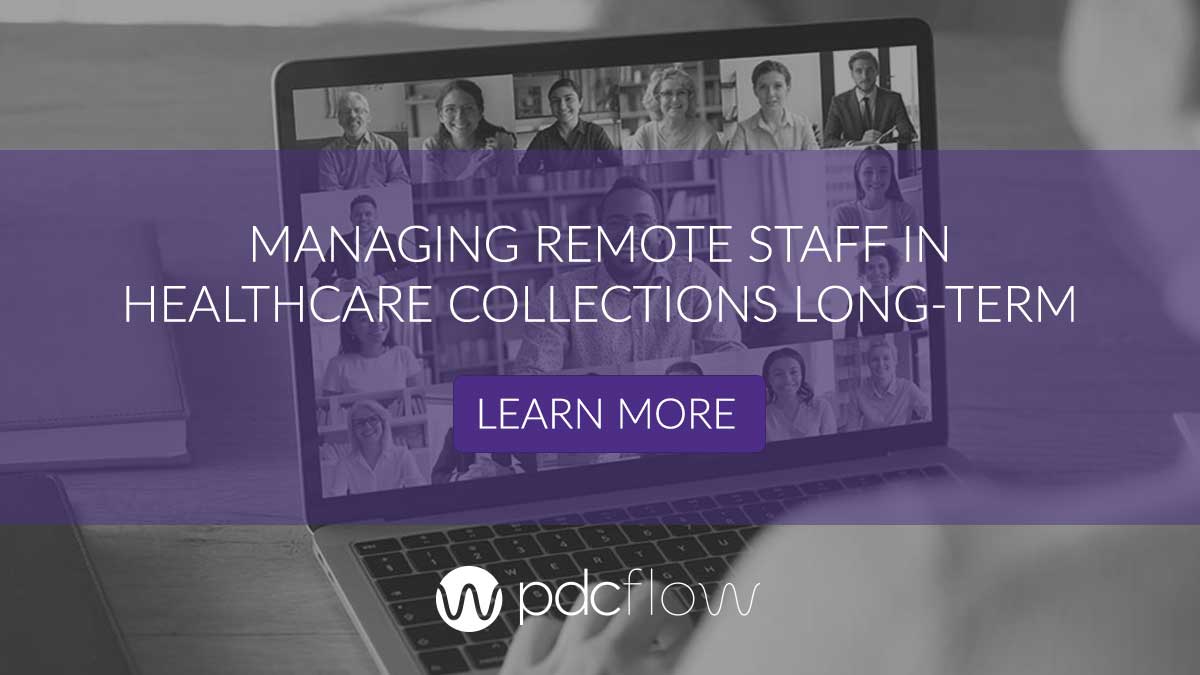Common Patient Collections Struggles
Self-Serve Patient Collections
The easiest accounts in patient collections are those that take the initiative to pay their bills without speaking to an agent. Having a secure, easy-to-access payment portal is likely to increase your receivables with almost no extra work on the part of your office. However, patients are likely to abandon payments if the process is too difficult. There are a few measures you can take to increase the amount of patient-initiated payments your office receives.
Payment Portal - The easiest way to accept agentless payments is through a payment portal on your website. The online payment option you offer should be simple, clear and easy to use. You should also use the basics of good website design so consumers can find their way to the payment page from anywhere on your website.
IVR System - More options mean more collected patient payments. Offering an IVR system along with other ways you accept payments gives consumers another avenue to payment, even when your office is closed.
Electronic Payment Reminders - For patients who opt in to text message and email, payment reminders can capture more revenue than a paper bill. Sending a text or email reminder with a link to payment is the perfect way to remind patients to pay a bill without making agents put in the work to try and reach them by phone. Of course, remember to find a software that’s HIPAA compliant and offers security measures like dual authentication to keep private information safe.
Live Agent Patient Collections
Not all medical bills can be resolved without help from an agent. Some patients won’t pay without prompting. Some may have questions before they are willing to pay. However, even patients who say they will make a payment after they hang up might not follow through.
Making the job easier is the best way to ensure your healthcare collections staff succeeds. Adding software tech into the collection process is a convenient way to ensure agents capture patients payments. Text and email payment links can be used while on the phone, so your collectors can walk consumers through the process. This method can also double as a way to limit your PCI compliance responsibility – especially for remote workers.
Recurring Payment Plans
Oftentimes in patient collections, people with large bills – or those who don’t have enough money up front – require recurring payment plans to pay what they owe. Payment software can increase patient satisfaction and simplify compliance throughout the process of setting up a schedule.
It’s important to pick a flexible, easy-to-use system. However, it’s just as important to comply with payment regulations. By using a payment tool that sends a text or email to capture a schedule authorization, your agents can follow compliance and make recurring payments easy for patients.
Text and email notifications can also be used throughout the life of a schedule to send payment reminders, reducing failed payments along the way. Receiving a notification a few days before payment can remind consumers to update payment information if they have an expired card on file. Consumers who have lost jobs or are low on funds are also more likely to call in and change their payment dates before a declined payment goes through.
FLOW Technology: Multi-Purpose Software
PDCflow Payment Hub with FLOW Technology Easier to train new employees. Simple to use for consumers. Unified reporting for all payment information makes your job easier. Reports on FLOWs give greater insight into what payments are being lost.
HIPAA Compliance
Faster Workflows
The FLOW system saves time and simplifies in-office operations for both your team and consumers. Mix and match any of the actions you need to perform, and execute them all within a single FLOW.
- Send and receive documents
- Request a signature
- Request payment
- Request photo uploads
FLOW Technology from PDCflow can transform the way your organization collects on medical debts. To learn more about the benefits FLOW can bring to your business, download the solution brief.








